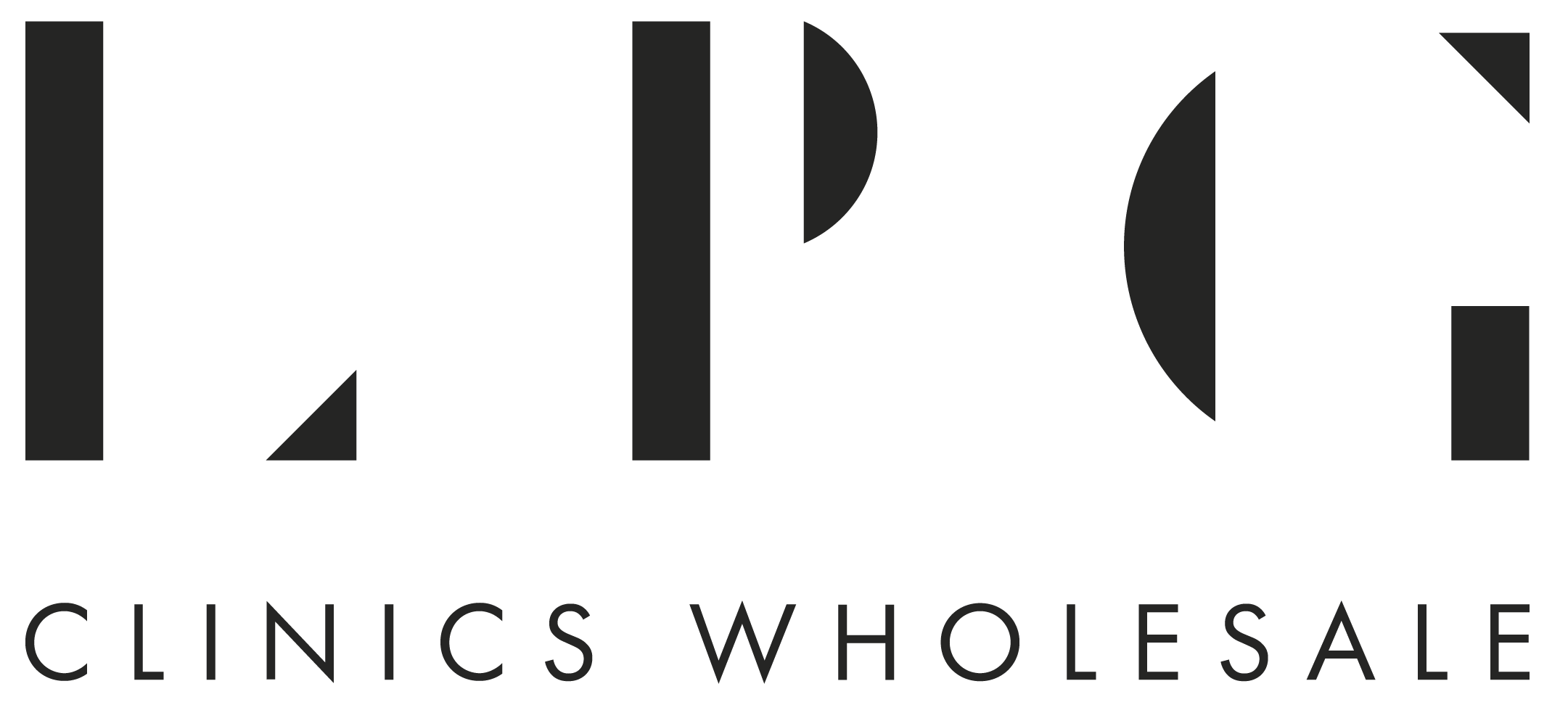 Across the world, clinics continue to see a rise in demand for dermal filler treatment. Whether a patient wants to define their jaw, plump their lips or add volume to their cheeks, dermal filler is a versatile solution that solves many client needs. As a practitioner, you want to ensure your client achieves these aesthetic goals safely and seamlessly.
Across the world, clinics continue to see a rise in demand for dermal filler treatment. Whether a patient wants to define their jaw, plump their lips or add volume to their cheeks, dermal filler is a versatile solution that solves many client needs. As a practitioner, you want to ensure your client achieves these aesthetic goals safely and seamlessly.
To do this, you must set strict pre and post-treatment steps for your patients to minimise infection and possible side effects. Keep reading to find out what aftercare your patients should follow in our guide below.
What Is Dermal Filler?
Dermal fillers are a popular non-invasive aesthetic treatment that restores volume, smoothes out fine lines and wrinkles and enhances facial and body features. They have a gel-like substance usually containing an active ingredient such as hyaluronic acid (HA), calcium hydroxylapatite or poly-l-lactic acid. Each substance has varying viscosity levels (thin to firm consistency), which can effectively treat finer to deeper lines and creases in the face.
Before the treatment, a qualified practitioner should consult the patient to understand their goals, medical history and area of concern. If your patient wants to smooth out severe facial wrinkles, Radiesse+ is a perfect dermal filler to bring long-lasting results. In contrast, Juvèderm, Restylane or Teosyal are great HA lip filler solutions for patients wanting plump lips.
What Are the Potential Side Effects?
Dermal filler is a safe treatment, but it is essential to keep your patient aware of the possible side effects and complications below:
- Mild bruising
- Swelling
- Redness
- Discomfort or pain
- Allergic reactions
- Infection
- Filler migration
- Scarring
For patients experiencing the latter complications, it is usually due to poor aftercare or clinic malpractice. Before treatment, a practitioner must discover their patient’s medical history and implement proper sterile techniques during the procedure to minimise infection.
What Must You Tell Your Clients Before and After Dermal Filler Treatment?
As a clinic, you must ensure your procedures are conducted with the highest degree of safety. Therefore, your patient must be informed of the potential side effects and what steps they need to follow to minimise risk and achieve successful results.
Below, we touch on the proper guidelines your patients must be aware of pre and post-treatment.
Pre-Treatment Instructions for Dermal Filler
Before the dermal filler procedure, your patient should avoid the following:
- Alcohol – Do not consume alcoholic drinks at least 24 hours before the treatment, as it may thin the blood and increase the chance of bruising.
- Smoking – Smoking affects blood flow and depletes oxygen to the skin, ultimately delaying the healing process.
- Sun exposure – Sunburn will make the skin more sensitive, meaning your patient will likely experience more discomfort and pain during and post-treatment.
- Aspirin and other non-steroidal anti-inflammatory drugs (NSAIDs) – NSAIDs such as Ibuprofen and Aspirin act as blood thinners and should be avoided for up to two weeks to minimise swelling, bleeding or bruising.
If your patient starts to develop a cold, flu or cold sores, they must reschedule for a different time.
Post-Treatment Instructions for Dermal Filler
After the procedure, your patient should keep the following in mind:
- Use Arnica tablets or gel to help minimise bruising in the injected area.
- Use a cold compress for a few hours to reduce redness, swelling and bruising.
- Sleep elevated and do not go onto your side or stomach for 24 hours to prevent the filler from moving.
- Avoid exposing the treated area to heat (such as steam rooms, saunas or sunbeds), lasers or manipulation (e.g., facials, waxing or massages) for two weeks.
- Avoid Aspirin and NSAIDs for one week as these may increase bruising and bleeding at the injection site.
- Avoid alcohol and strenuous exercise for 24 hours.
- Avoid applying any make-up or skincare until 24 hours after the treatment.
Your patient’s safety is your number one priority. By having these aftercare guidelines in place, your patients will have a successful outcome, resulting in an improved clinic reputation.
Buy High-Quality Dermal Fillers for the face and body at LPG Clinics Wholesale
LPG Clinics Wholesale stocks a range of popular dermal filler brands used by clinics across the UK. Browse our entire selection or contact the team to discover which product is best for your clinic.



